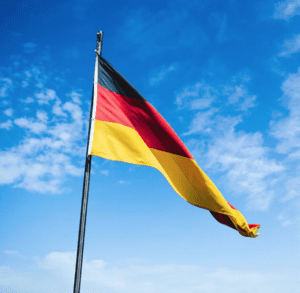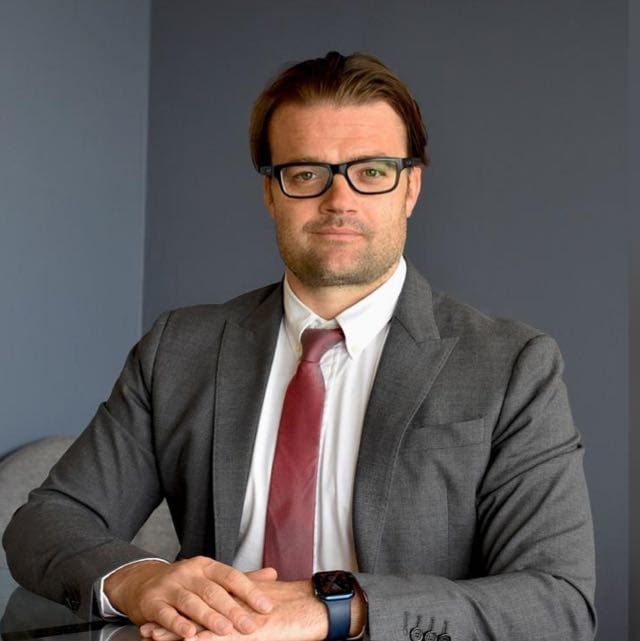German Citizenship: Jewish Community in Speyer
The new amendments to the German citizenship, bring unprecedented ease of access to the restoration of German citizenship for the victims of the Nazi regime. This decision has opened up significant opportunities for hundreds of thousands of descendants worldwide who can now apply for and obtain German citizenship with relative ease.
This article aims to shed light on the origins of German Jewry, focusing on the ancient city of Speyer, considered one of the first three cities in Germany where a Jewish community settled. However, unlike the other two, Speyer has a unique historical record that traces back a thousand years with the family name “Speira/Spiro” still existing today.
Our office represents Holocaust survivors and their descendants in obtaining German and Austrian citizenship. We have offices in Jerusalem and Tel Aviv, with a dedicated team of German-speaking professionals who work daily with documents and clients and maintain relationships with various authorities in Germany and Austria.

The Historic Jewish Community in Speyer
According to Jewish traditions, the historic Jewish community in Speyer has roots in the city dating back to ancient times, though it is only mentioned in historical records from the late 11th century. During this period, they settled in the city’s suburbs, which were considered property of the local Bishop.
It appears that he decided to invite Jews primarily from other German cities situated along the Rhine River (a region in southwestern Germany) to settle in the suburbs. Cities like Mainz, Cologne, and Worms were among them. However, it is certain that a significant portion of the first arrivals came from the city of Speyer itself. The bishop, Rudiger, who was known for his philo-Semitic stance, was impressed by the Jews and their deeds, as evident from his words over a thousand years ago: “When I built the village and turned it into a city, I thought it would be worthwhile to invite Jews to increase its prestige.” Remarkably, the bishop granted Jews rights that were unavailable to Jews in other German cities at the time. While anti-Semitism and discrimination were prevalent throughout Europe, especially in Germany, a few noble characters sympathized with Jews and allowed them a place in the xenophobic society.
Jews were permitted to engage in free trade, exchange gold for silver, purchase real estate, and establish courts with regulations and administration. They were exempt from paying taxes within the city limits and were allowed to employ non-Jewish servants. To protect them from the jealous and envious crowd, authorities decreed that the torture of Jews was prohibited, and any harm or death caused to a Jew would result in severe penalties. On the other hand, involuntarily baptizing Jews was strictly forbidden.
However, the main reason for their invitation was likely economic, aimed at helping the locals build an impressive local cathedral. Jewish settlement was seen as an economic strategy, as Jews were known for their entrepreneurship and innovation.
Notably, some of the settlers came from Iraq, where the Jews left their villages entirely and embarked on urban life with a higher standard of living. However, devout Christian residents did not embrace the idea of Jewish freedom and sought to hinder their progress, especially in trade and taxation matters.
The Decline of the City
As in many towns and cities in Western Europe during the late 11th and 12th centuries, these were tumultuous times that disrupted the continuity and glory of the Jewish settlement. These disruptions were the result of the First Crusade, during which armies from Western Europe united to conquer Jerusalem and its surrounding areas from the Muslim rulers.
Chosen knights from various lands embarked on a mission to restore “God’s Kingdom” to “His people” and bring redemption to the world. Europeans were inspired by thousands of priests across Europe who preached for many months to crowds of Christian believers, urging them to embark on a holy journey, willing to sacrifice their lives for God’s work and redemption, even at the cost of their own blood.
On their way to Jerusalem in August 1096, the barbaric mob encountered over 400 Jewish towns and cities throughout the Ashkenazi region. The horde looted, plundered, and destroyed Jewish property extensively. In contrast to other communities in this region where over 12,000 Jews were killed, in the city of Speyer, the number of casualties was relatively low, standing at eleven. Nevertheless, the Jewish community in Speyer suffered as Jewish women remained in fortresses for months after the pogrom, fearing for their lives and the destruction of their homes.
The settlement eventually recovered, but it was no longer the cherished destination for Jews to migrate to. Eight years after the pogrom, a synagogue was erected. The same architect who built the famous cathedral of the city, funded largely by Jewish contributions, is said to have constructed it. The 12th century turned out to be fruitful, marking the revival and growth of the settlement.
Over the years, the collar around the neck of Jews tightened, with numerous taxes levied on them for protection, exit from the city, and more. In the 15th century, the settlement vanished with the Black Death, but it was reestablished in the mid-16th century. The 17th century saw an industrial boom for the Jews of the city, a development that persisted until the Holocaust.
Obtaining German Citizenship Under the New Law
If you have a first-degree family member who resided in Germany or Austria during the 1930s and 40s, it is highly advisable to explore your eligibility for European German passport. Not many are aware of the recent updates regarding obtaining German citizenship, so it is recommended to consult with a professional. Get in touch and schedule a physical or Zoom meeting to determine your eligibility.
Special thanks to Mr. Jonatan Gabrielov for his assistance in writing this article.
מאמרים מומלצים

